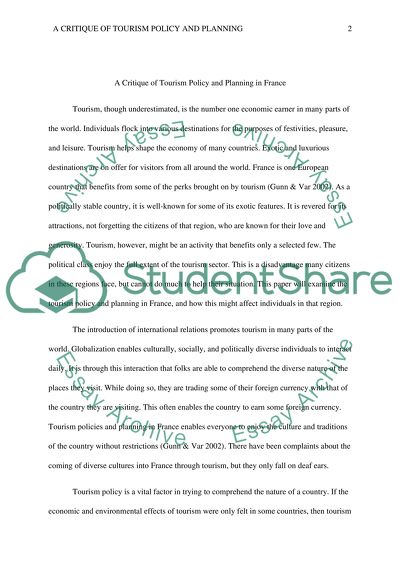Cite this document
(“A critique of tourism policy and planning in France Essay”, n.d.)
Retrieved from https://studentshare.org/tourism/1612698-a-critique-of-tourism-policy-and-planning-in-france
Retrieved from https://studentshare.org/tourism/1612698-a-critique-of-tourism-policy-and-planning-in-france
(A Critique of Tourism Policy and Planning in France Essay)
https://studentshare.org/tourism/1612698-a-critique-of-tourism-policy-and-planning-in-france.
https://studentshare.org/tourism/1612698-a-critique-of-tourism-policy-and-planning-in-france.
“A Critique of Tourism Policy and Planning in France Essay”, n.d. https://studentshare.org/tourism/1612698-a-critique-of-tourism-policy-and-planning-in-france.


